Going out for a paddle on Lake Sasajewun after our first dinner.
We talked about some of the plant species we saw on the water, such as this Water-shield (Brasenia schreberi) in the Water-shield (Cabombaceae) family. The underside of the leaves are incredibly slimy.
On the second day there, we identified some of the plant species that the students had not come across before.
Fringed polygala (Polygala paucifolia) in the Milkwort (Polygalaceae) family. It is in the same genus as the Seneca snakeroot (P. senega) that I mentioned before, but they look very different.
There are 3 short sepals in this flower, as well as 2 long sepals forming the "wings". The tube-like structure is made up of 3 joined petals with a frilly crest at the tip. One group of students, for their project, looked at the association between the size of wings and tube and the stigmatic pollen load.
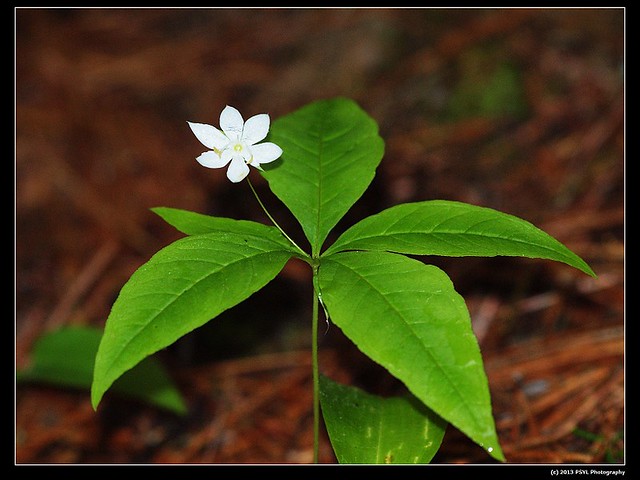
This is a species that I have not yet seen flowering before - Starflower (Trientalis borealis) in the Primrose (Primulaceae) family.
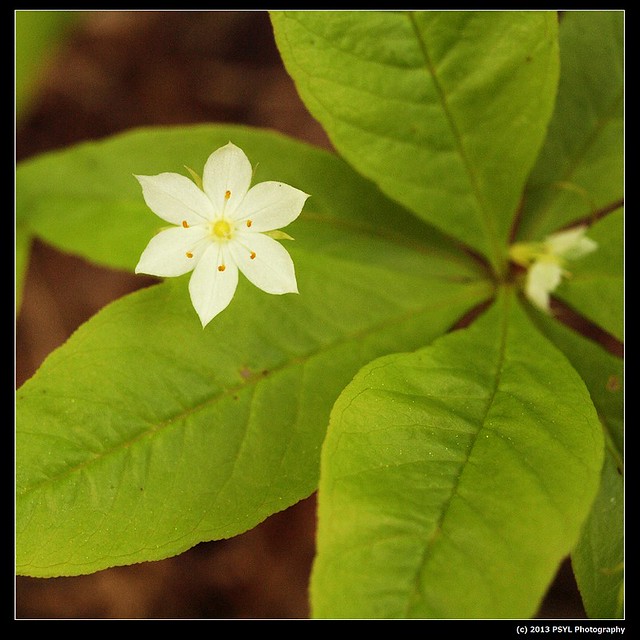
Such a pretty plant.

This is a species that I have not yet seen flowering before - Starflower (Trientalis borealis) in the Primrose (Primulaceae) family.

Such a pretty plant.
One of the coolest-looking plant at this course was probably the Indian cucumber-root (Medeola virginiana) in the Liliaceae family. The long and dark red stigmas are quite intriguing, because what role does it play in being so long and bending upwards? Another group of students looked at the pollen load differences between the base and tip of the stigma, as well as observed for the pollinators. From the photo, you can see a (blurry) mosquito resting on the plant. This species grow in moist forests, so it was very buggy for the students when doing their field work.
Heading to the cookhouse on the morning of the 18th. Misty morning.
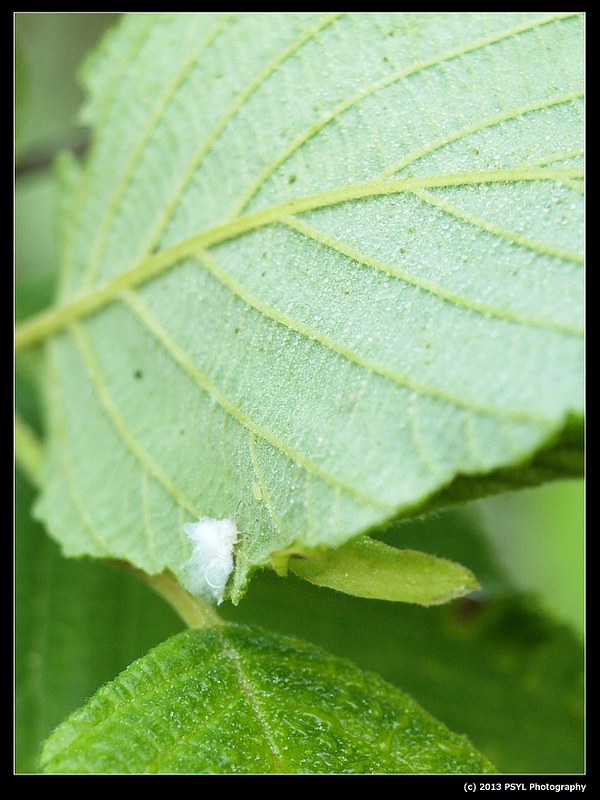
Initially I thought it was fluff on the leaf, until I realize it was moving. It seemed to be some kind of scale insect.
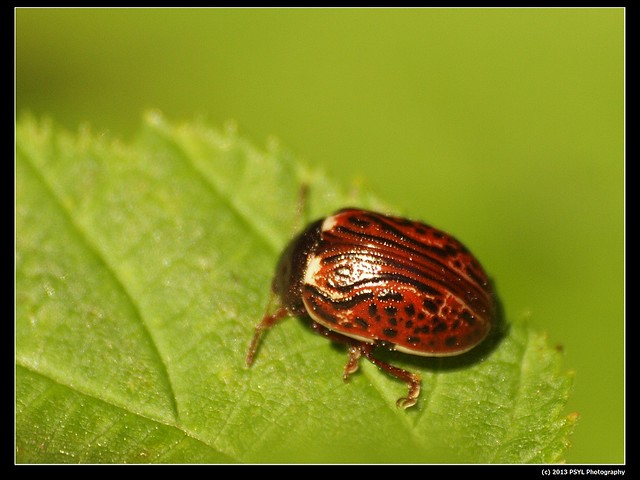
Found a Russet Alder Leaf Beetle (Calligrapha alni). Very cool-looking.

During the day, we went to the air strip to look at the urn-shaped blueberry flowers (Ericaceae family).

Initially I thought it was fluff on the leaf, until I realize it was moving. It seemed to be some kind of scale insect.

Found a Russet Alder Leaf Beetle (Calligrapha alni). Very cool-looking.

During the day, we went to the air strip to look at the urn-shaped blueberry flowers (Ericaceae family).
There were also a lot of Orange hawkweed (Hieracium aurantiacum) growing in the field.




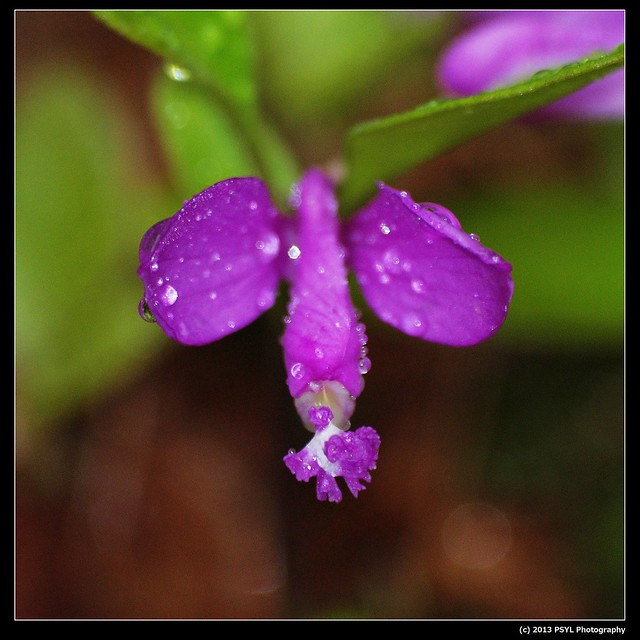

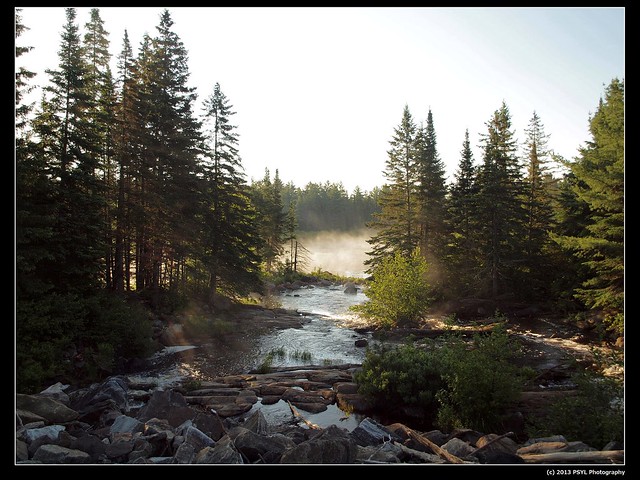

No comments:
Post a Comment